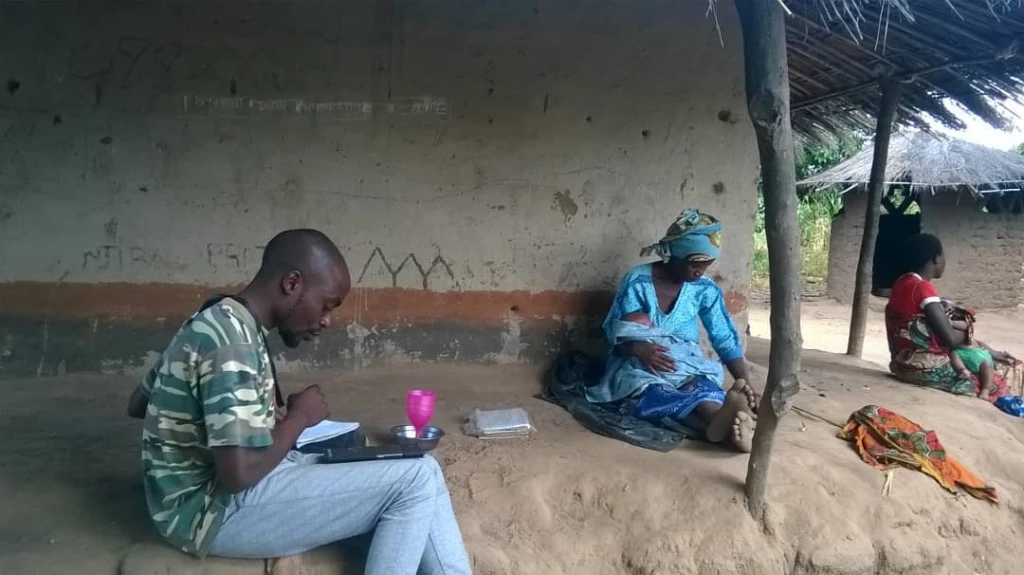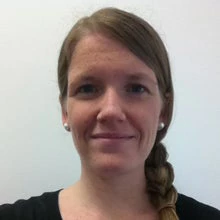
Photo Credit: Malawi National Statistical Office
The Malawi National Statistical Office (NSO), in collaboration with the World Bank’s Living Standards Measurement Study (LSMS), disseminated the findings from the Fifth Integrated Household Survey 2019/20 (IHS5), and the Integrated Household Panel Survey 2019 (IHPS), on November 30, 2020 in Lilongwe, Malawi. Both surveys were implemented under the World Bank Living Standards Measurement Study-Integrated Surveys on Agriculture (LSMS-ISA) initiative, with funding from the United States Agency for International Development (USAID) and the Government of Malawi.
The IHS5 is the fifth cross-sectional survey in the IHS series which is implemented to update the poverty profile for Malawi (poverty incidence, poverty gap, severity of poverty), provide up-to-date socioeconomic indicators to enhance evidence-based policy formulation, and monitor the Sustainable Development Goals (SDGs) and other programs such as Malawi Growth Development Strategy. The IHS5 2019/20 was fielded from April 2019 to April 2020 and collected information from a sample of 11,434 households, representative at the national-, urban/rural-, regional- and district-levels.
The fourth (2019) round of the Integrated Household Panel Survey (IHPS) ran concurrently with the IHS5 fieldwork. The IHPS 2019 targeted a national sample of 2,508 households that were interviewed as part of the IHPS 2016, and that could be traced back to half of the 204 panel enumeration areas that were originally sampled as part of the Third Integrated Household Survey (IHS3) 2010/11 and interviewed again in 2013. The panel sample expanded each wave through the tracking of split-off individuals and the new households that they formed. The IHPS 2019 maintained a 5.6 percent household-level attrition rate, while the sample expanded to 3,178 households. The low attrition rate was not a trivial accomplishment given that the panel now spans an entire decade.
The data and documentation for the IHS5 2019/20 and the IHPS 2019 are publicly available on the World Bank’s Microdata Library. Both the IHS5 2019/20 and the IHPS 2019 contain household, agriculture, fisheries, and community modules implemented using the World Bank Survey Solutions CAPI platform.
Here are some select findings from the two surveys:
Key findings from the IHS5 2019/20:
- 64.7% of Malawi’s population is 24 years or less and those aged 65 and over constitute only 4.2% of the population
- The literacy rate for population aged 15 years and above has increased from 72.8% to 75.5% between 2016/17 and 2019/20. In 2019/20 83% of males are literate and 68.5% of females.
- 67.3% of dwellings in urban areas and 41.7% of dwellings in rural areas are considered a permanent structure, while 5.2% of dwellings in urban areas and 33.8% of dwellings in rural areas are considered traditional structures.
- 17.7% of households obtained at least one loan with approximately half of these (52.4%) intended for business start-up capital and 30.2% to purchase inputs for food crops.
- 45% of the individuals get their loans from Village Banks, while 15.1% from a relation and Banks (1.5%).
- The proportion of households operating non-farm enterprises has significantly increased from 26.9% in 2016/17 to 39% in 2019/20.
- 79.1% of households use firewood as their source of fuel followed by charcoal at 18.5% and electricity at 1.2%.
- Labor Activities: In the 7 days leading up to the interview, 78.1% of individuals aged 15 years and above were involved in household agricultural or fishing activities, 50% were involved in casual, part-time, or ganyu (informal off-farm) labor, 16.4% in a non-agricultural and non-fishing business, and 9.6% had a wage or salary job.
- 88.3% of households have access to an improved water source, of which 64.5% are boreholes, followed by 17.8% piped into yard/plot/communal standpipe
- 84.7% of households are involved in agricultural activities, an increase from 82.7% in 2016/17.
Key findings from the IHPS 2019:
- The dependency ratio (ratio of people outside the working age group to those in the working age group) has decreased from 1.3 in 2010 to 1.0 in 2019.
- In 2010, 8.4% of households had obtained a loan and this increased to 14.4% by 2013. This fell to 12.9% in 2016 but is now up to 17.9% in 2019.
- Over time, the percentage of households owning larger assets such as beds (35% in 2010 to 42% in 2019), TVs (8.5% in 2010 to 15.2% in 2019), and computers (1% in 2010 to 2.8% in 2019) has slowly but steadily increased.
- The percentage of households using electricity for lighting has steadily increased over time from 11.4% in 2010, to 14.1% in 2013, to 17.2% in 2016, and now 19.8% in 2019.
- In 2016 there was a shift in the type of secondary school household members were attending, from 7.3% private school in 2010, to 20.9% in 2016, and now down to 17% in 2019.
- The percentage of households that reported they had very low food security in the week leading up to the interview dropped slightly but remained high in 2019 (31.1% in 2010, 39.6% in 2013, 55.7% in 2016, 52.2% in 2019).
- The percentage of households involved in rainy season cultivation has stayed consistent at 78% between 2016 and 2019.
- More households involved in rainy season cultivation are now cultivating groundnuts (28% in 2016 to 36% in 2019), beans (11% in 2016 to 19% in 2019), and rice (11% in 2016 to 16% in 2019).

Malawi IHS5 Respondent leads IHS5 Enumerator around the boundaries of their garden to prepare for measurement using a GPS device following recommendations outlined in the LSMS Guidebook “Land Area Measurement in Household Surveys”
Photo Credit: Malawi National Statistical Office





Join the Conversation